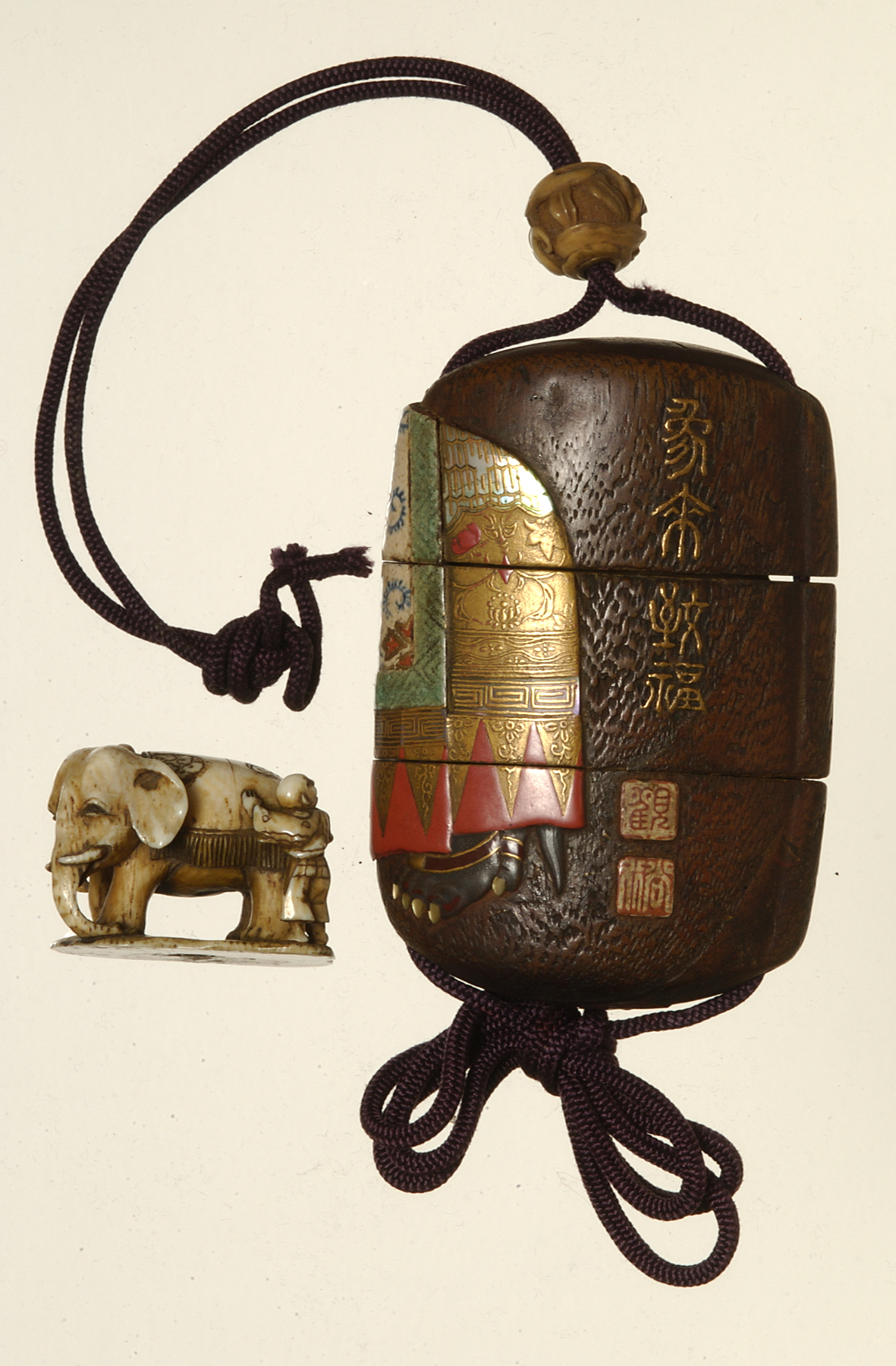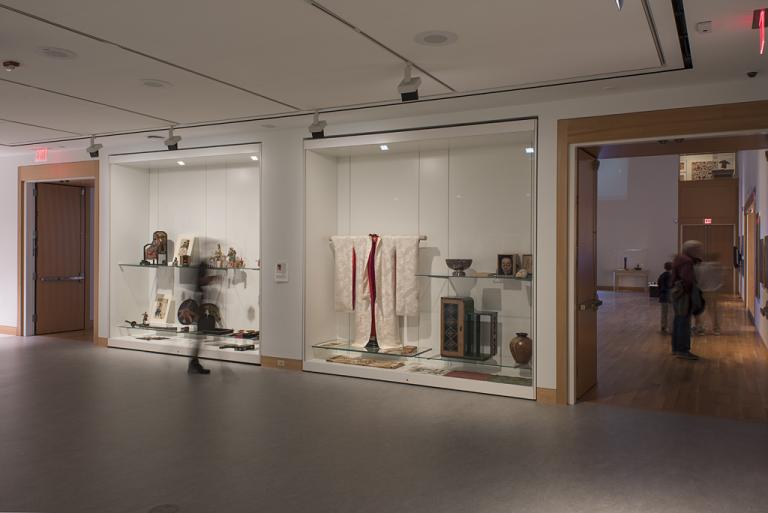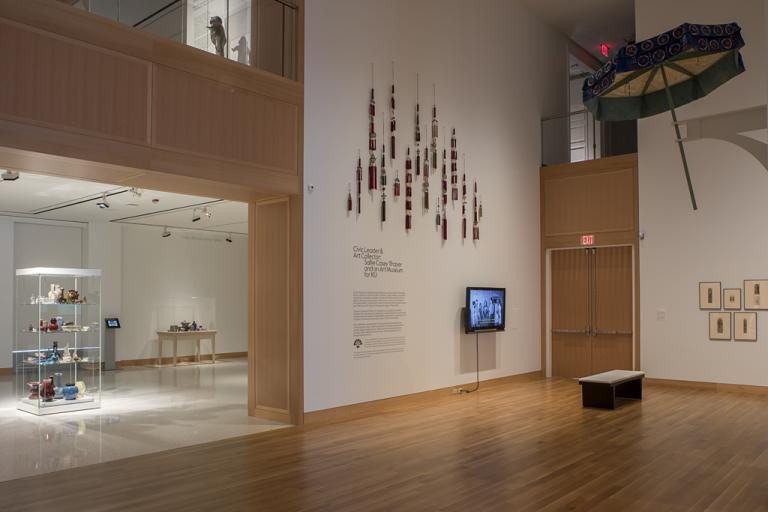inro, netsuke, ojime, Ogawa Haritsu
Artwork Overview
Ogawa Haritsu (Ritsuō), artist
1663–1747
inro, netsuke, ojime,
1700s, Edo period (1600–1868)
Where object was made: Japan
Material/technique: mother of pearl; lacquer; wood; ivory; ceramic inlay
Dimensions:
Object Height/Width/Depth (Height x Width x Depth): 8.6 x 6 x 2.7 cm
Object Height/Width/Depth (Height x Width x Depth): 3 x 3.8 x 3.2 cm
Object Height/Width/Depth (Height x Width x Depth): 8.6 x 6 x 2.7 cm
Object Height/Width/Depth (Height x Width x Depth): 3 x 3.8 x 3.2 cm
Credit line: William Bridges Thayer Memorial
Accession number: 1928.0157.a,b,c
Not on display
If you wish to reproduce this image, please submit an image request








